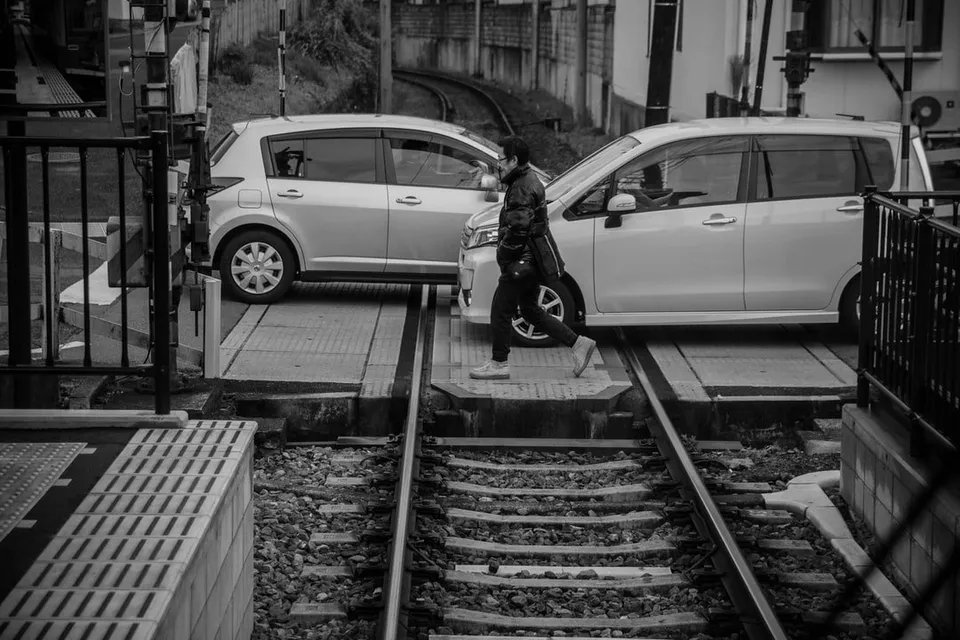Cars Are Getting Safer
- April 13, 2021 @ 12:08 pm
- Written by adminjbwp
- Categories: Auto Accidents

Cars Are Getting Safer
This article was originally written in 2011 but we felt that it should be revisited. Here at John Bales Attorneys, we represent victims of car and truck crashes every day, even some train crashes. Check out our article about safety measures to avoid train accidents. Some of the crashes are horrific, most are alarming because of how careless the other driver was, and almost all are frightening. Unfortunately for the victims, many are then subjected to the frustrating, confusing and emotional aftermath involving victims’ dealings with the insurance companies, which leaves the victim feeling further victimized.
There is some good news to report regarding safety on our nation’s roadways, however, and how the litigation of cases involving victims of car and truck crashes has contributed to the increased safety. Here is more on the subject from Gibson Vance, who is the president of the American Association for Justice. Mr. Vance wrote the following article, which appeared earlier this month as an op-ed piece in The Washington Post:
Traffic deaths in the United States have dropped to their lowest level since 1949. That’s according to a report released by the National Highway Traffic Safety Administration (NHTSA). Remarkably, this drop occurred even as Americans drove 21 billion more miles in 2010 than they had in 2009.
The drop in fatalities is due in large part to the fact that cars are getting safer. Since the introduction of the Ford Pinto nearly four decades ago — a car synonymous with danger, destruction and executives putting profits ahead of consumer safety — amazing advancements have been made in auto safety. The technology is better, regulations are stronger and buyers have more information. Not surprisingly, consumers are drawn to cars with the latest safety features.
Yet these factors alone do not tell the whole story. History shows that litigation and the civil justice system have served as the most consistent and powerful forces in heightening safety standards, revealing previously concealed defects and regulatory weaknesses and deterring manufacturers from cutting corners on safety for the goal of greater profits.
The Ford Pinto litigation sent a strong message to the auto industry. Unfortunately, manufacturers have still sold dangerous cars. In June 2004, a Dallas-area mother stopped her Ford F-150 truck to speak with her husband through the driver’s side window. Her 3-year-old daughter leaned out the passenger’s side window and accidentally hit the rocker switch, causing the window to close on her neck. When her parents noticed moments later, it was too late — their daughter was strangled.
As power windows became more common, so too did instances of children being strangled. Seven children died within a three-month period in 2004. Manufacturers were aware of the issue, and the fix was relatively simple and inexpensive. In response to regulations in other countries, European and Asian cars already used a safer switch — one that must be pulled up to raise a window — and so did many U.S. manufacturers on cars they offered to foreign markets. Yet incredibly, U.S. manufacturers did not install the safer switches on domestic cars because NHTSA had no rules governing power-window safety. Litigation eventually forced universal acceptance of the safer switches in 2006.
It is easy to take for granted just how much safer vehicles have become and how safety measures have been standardized. For years, the auto industry has worked to undermine regulations and limit its liability by pushing for complete immunity from lawsuits when their vehicles comply with minimum federal safety standards. This would, in short, be devastating for consumers.
Recall that the Pinto’s design met all government standards of the time. Had compliance with federal standards been a complete defense of vehicle safety, Ford could not have been held accountable for the many burn victims that the company was later shown to have anticipated.
Put another way, without the civil justice system, gas tanks would still explode in rear-end collisions, seat belts and airbags would not be standard, and cars would roll over onto roofs that would be easily crushed.
There are multiple reasons behind the welcome news that traffic deaths continue to decline. But the role of the civil justice system is often overlooked. Litigation has spurred safety innovations in vehicles for more than half a century and will continue to be essential in keeping Americans safe and holding manufacturers accountable.
We at John Bales Attorneys agree wholeheartedly with Mr. Vance’s op-ed piece. Many people have a negative view of a victim of a car or truck crash who chooses to litigate his or her case to try to obtain fair compensation. As you can see from Mr. Vance’s article, however, this litigation helps to hold parties responsible for their actions, and promotes safety innovations.
